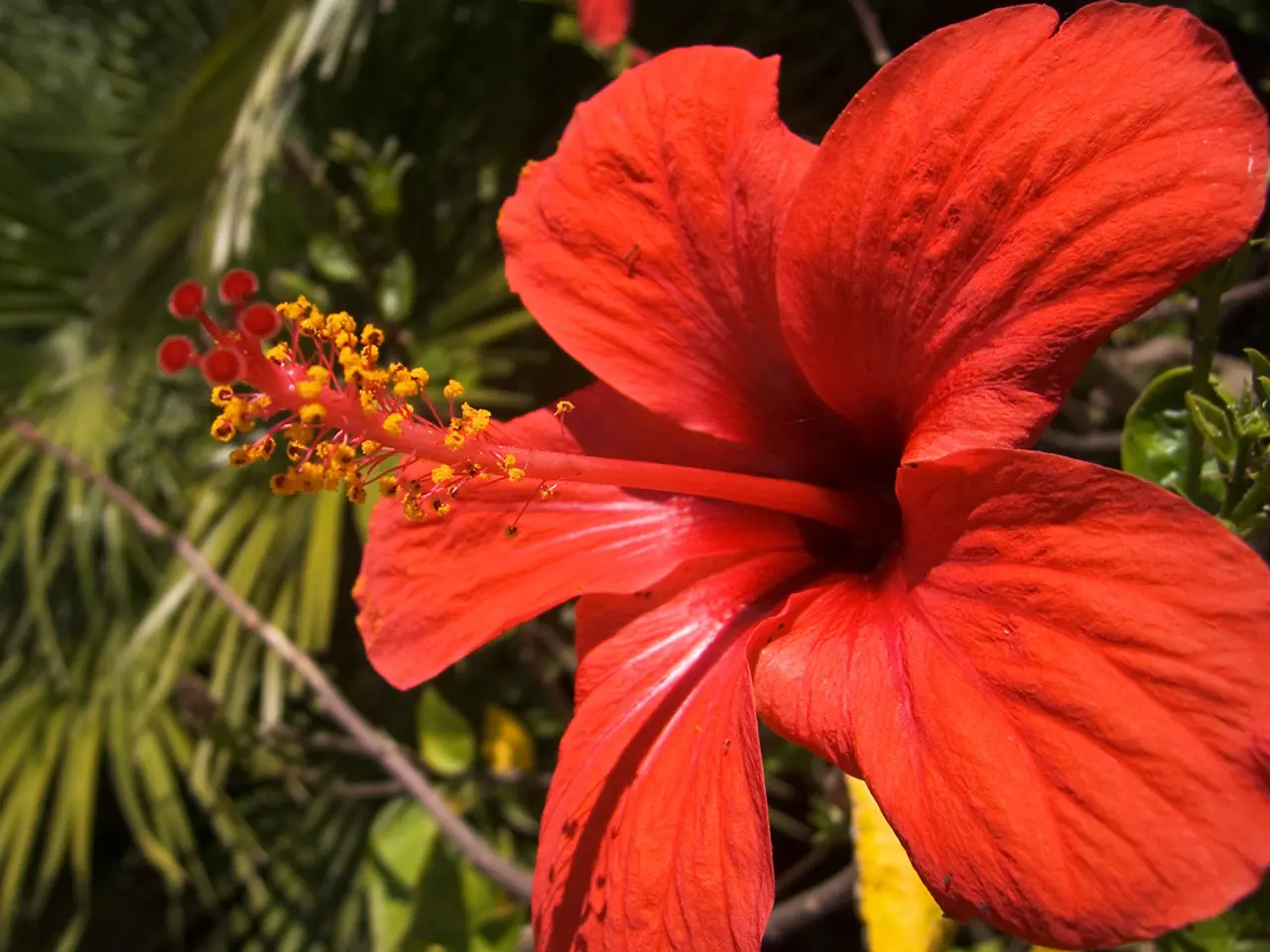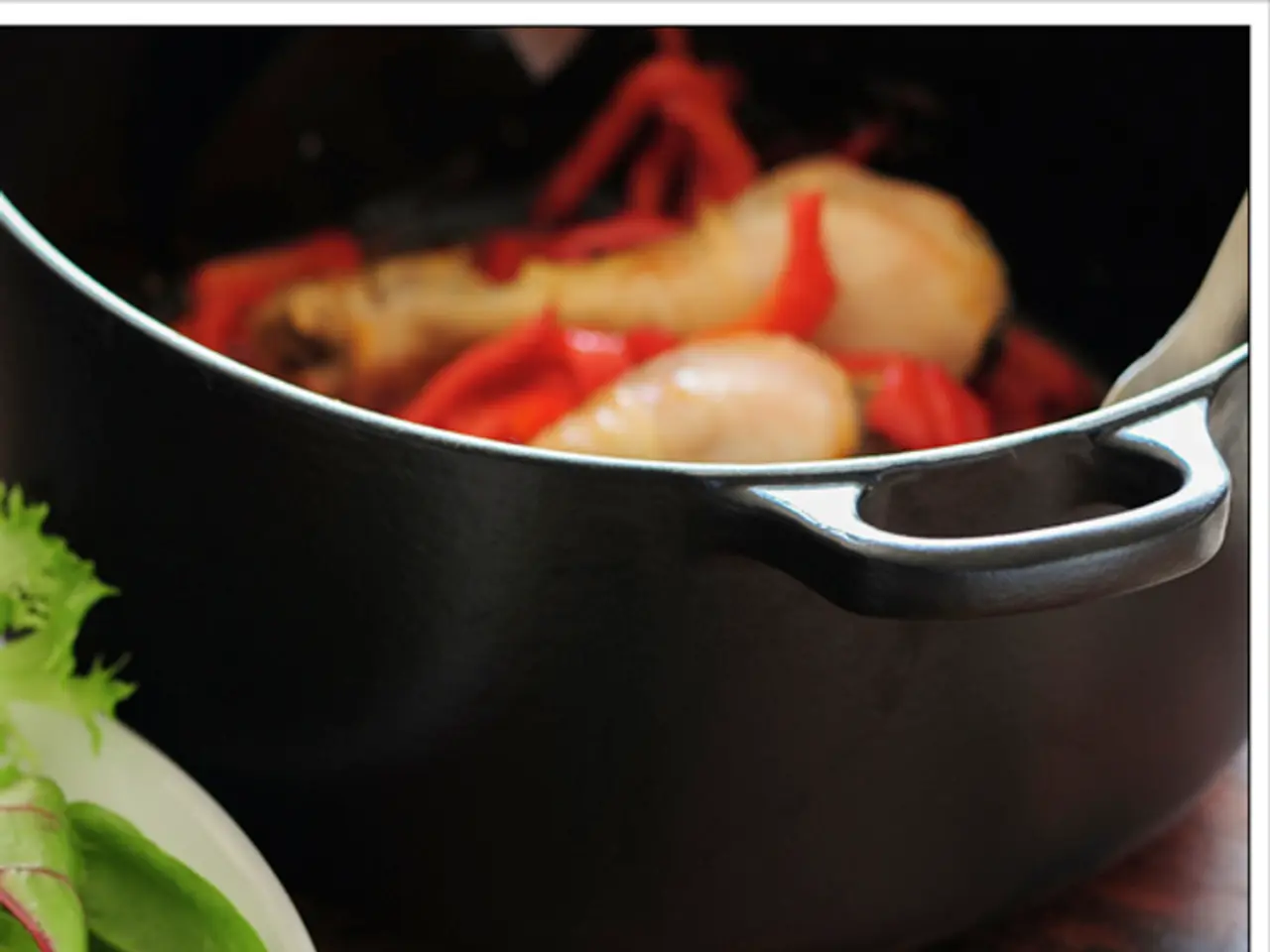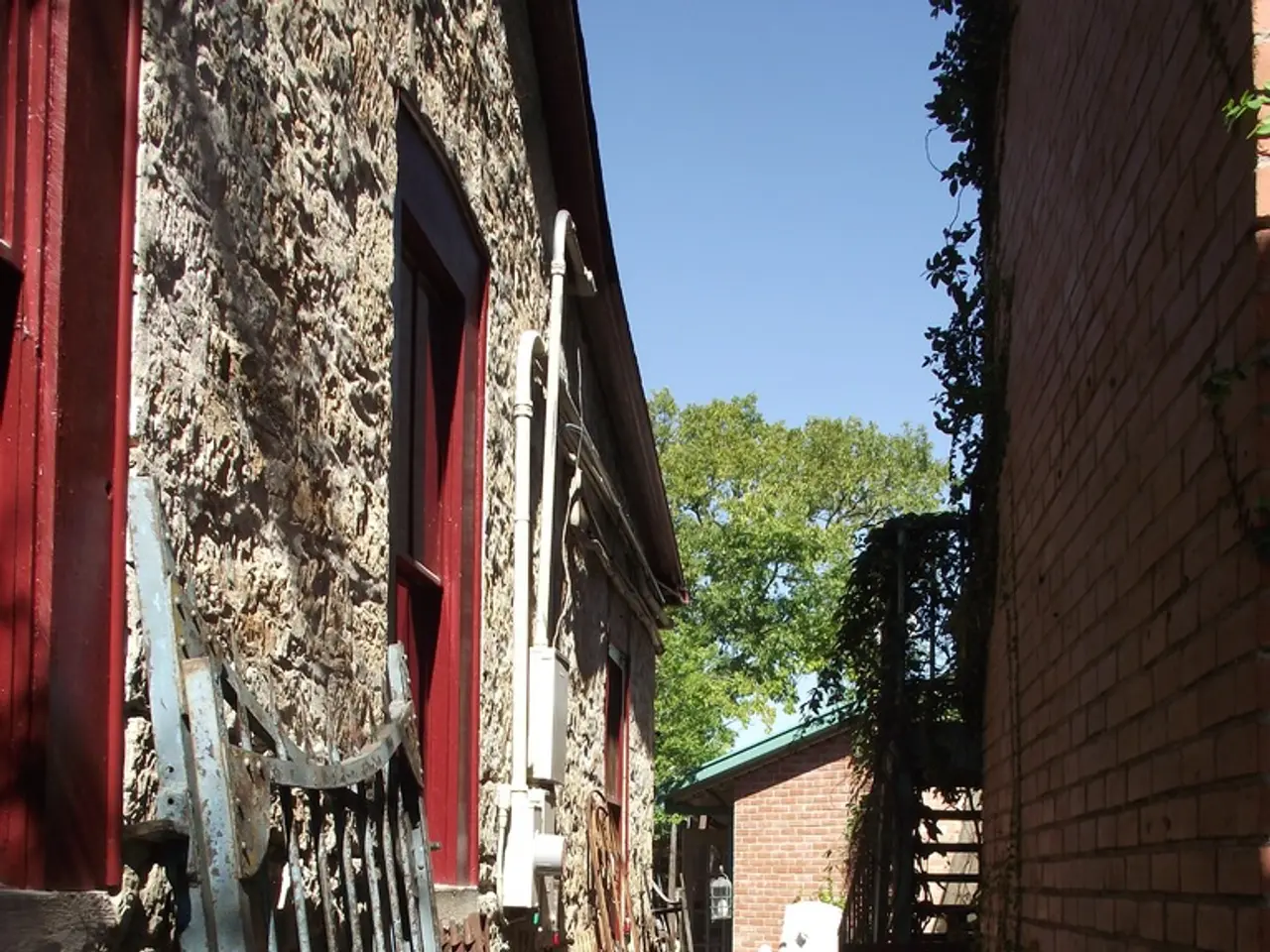Hibiscus Bonsai Tree Cultivation and Development Manual
The Hibiscus Bonsai tree, with its beautiful and unique appearance, can make a stunning addition to any home. Here's a guide to help you care for this vibrant plant and keep it healthy and blooming.
Watering ----------
When it comes to watering your Hibiscus Bonsai, the key is to strike a balance. Water the tree when the top 2 cm (about an inch) of soil feels dry to the touch. In hot weather or if grown outdoors, watering may be needed daily. However, it's crucial to avoid overwatering to prevent yellowing leaves and root rot. If grown indoors, regular misting helps maintain humidity and prevent dryness. Watch for signs like drooping leaves, which indicate the need for water, or yellowing leaves, which may indicate overwatering.
Sunlight --------
Hibiscus Bonsai trees require at least 6 hours of bright, direct sunlight daily. Outdoors, full sun exposure is best for growth and blooming. Indoors, place the tree near a bright south-facing window or supplement with grow lights. It's also a good idea to rotate the plant weekly for even growth and sunlight exposure. Insufficient light can reduce blooming and cause leggy growth.
Fertilizing -----------
Hibiscus Bonsai are heavy feeders, so they need regular fertilizing to thrive. Fertilize every 2–3 weeks with a balanced liquid fertilizer (e.g., NPK 10-10-10 or 20-20-20). Alternatively, use bonsai-specific fertilizer with micronutrients or a slow-release fertilizer tailored to tropical plants. To encourage blooming, incorporate a phosphorus-rich fertilizer once a month. Avoid fertilizing if the plant is not actively growing (e.g., dormant periods).
Summary -------
| Care Aspect | Ideal Schedule/Condition | |-----------------|--------------------------------------------------------| | Watering | Water when top 2 cm soil is dry; daily in hot climates; mist if indoors | | Sunlight | 6+ hours direct sunlight daily; full sun outdoors; bright south-facing window indoors | | Fertilizing | Every 2–3 weeks with balanced fertilizer; phosphorus-rich monthly for blooms |
By following this schedule, you'll keep your Hibiscus Bonsai thriving with vibrant foliage and continuous blooms from spring to fall.
Additional Tips ---------------
- When pruning, use sharp, clean pruning shears and make cuts at a 45-degree angle, just above a leaf node. Pruning helps maintain the tree's shape and can also encourage new growth. - If you live in a colder climate, it's important to bring the Hibiscus Bonsai tree indoors during the winter months. - When bonsai-ing a hibiscus, it's important to choose a variety suitable for your climate. Popular choices include Hibiscus Syriacum (Rose of Sharon), Hibiscus Sinensis (Chinese Hibiscus), and various other species. - The Hibiscus Bonsai tree does best in a sandy loam soil that is well-draining. A well-draining pot with plenty of holes in the bottom is ideal. - A great way to get many Hibiscus trees is from cuttings of a current, healthy tree. - Remember, Hibiscus are susceptible to root rot, so it's important not to over-water them.
With the right care, your Hibiscus Bonsai will be a beautiful and rewarding addition to your home for years to come.
- To complement the care of your indoor bonsai, consider adding a Hibiscus plant to your home for its unique appearance and vibrant blooms.
- As your interest in bonsai care continues to grow, you may find yourself exploring other aspects of your lifestyle, such as cooking or fashion-and-beauty, to enhance your home and garden.
- In your food-and-drink journey, you might discover various recipes that incorporate hibiscus flowers, adding a touch of exotic flavors to your meals.
- As you're tending to your Hibiscus Bonsai, remember that a well-balanced soil mixture can help maintain plant health, much like choosing the right ingredients can elevate a recipe to new heights in the kitchen.




